saddle thrombus cat diagnosis
A clot in the back leg suddenly causes the cat to be unable to put full weight on the affected leg. Hind legs due to a so called saddle thrombus are most commonly seen.
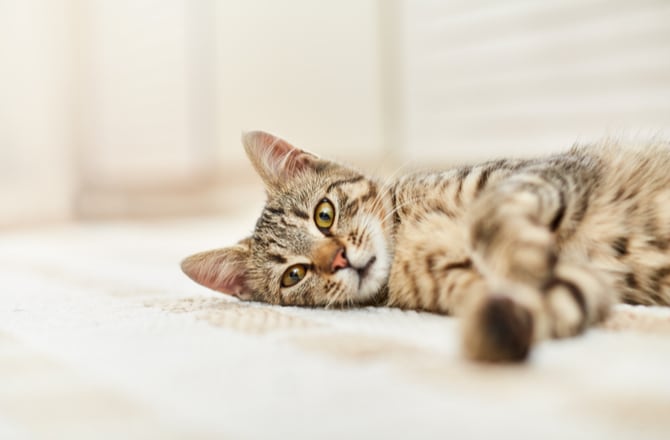
Saddle Thrombus Every Cat Owner S Worst Nightmare Petmd
In cats these blood clots can travel downstream and become lodged in the femoral arteries -- the main arteries that provide blood flow to the hind limbs.

. The diagnosis of saddle thrombus can be made from the physical ex-amination alone based on the following signs. Have a diagnosis of saddle thrombus a blood clot that blocks arteries in the legs affecting at least two limbs. Feb 18 2018 7 1 bruce 1 TCS Member.
Although a veterinarian usually diagnoses saddle thrombus the cat often displays symptoms that prompt the owner to take their cat to the vet. Saddle thrombus is diagnosed by a combination of history presentation coldstiff rear legs and lack of any palpable pulses in the rear legs. It is a fatal disease that may progress very quickly as a cat can go from being healthy to be in severe distress within few minutes Brent et al.
Diagnostic imaging and laboratory tests may be needed to confirm the diagnosis detect underlying heart failure or disease and rule out other problems. Have an observed onset of saddle thrombus. Feline aortic thromboembolism FATE or saddle thrombus is a catastrophic lesion where a blood clot gets embolised and lodged into the aortic trifurcation Borgeat et al 2014.
Signs of Saddle Thrombus in Cats Sudden pain often with vocalization Rapid or labored breathing Acute paralysis or partial paralysis of one or both rear limbs One or both rear limbs is cooler than front limbs Rear paw pads that appear blue gray or pale. By Bluesha Contint Posted on April 7 2021. When a saddle thrombus occurs there is a loss of blood flow to the hind legs causing pain decreased pulses cold limbs and paralysis.
Joined Apr 8 2016. This clot blocks blood flow to the affected limb s. Feline Aortic Thromboembolism FATE or Saddle Thrombus - Veterinary Partner - VIN.
Have a rapid clinical assessment that permits initiation of treatment within 6. Cats with a saddle thrombus will often have acute and severe pain their muscles in the back legs may be hard to the touch the paws and limbs are often cold or cool and the paw pads may be pale in color. Saddle thrombus is diagnosed by a combination of history presentation coldstiff rear legs and lack of any palpable pulses in the rear legs.
Just a larger than normal heart and some fluid in the chest. Please keep us updated if you can. FATE is a serious and painful condition with serious implications.
She explains that Kitty has congestive heart failure along with serious heart disease and this latter issue is what precipitated the formation of the clot. A saddle thrombus is a blood clot called a thrombus that lodges at the base of the aorta just as it branches into two distinct arteries thereby obstructing blood flow to the hind limbs. This condition is also sometimes called a saddle thrombus.
Not every cat with heart disease has this problem but many do. Its nothing like that. Owners can be taught to give the injections at home just as with an insulin injection.
Symptoms appear suddenly and include severely painful paralysed back legs. Unfortunately for many cats the first visible symptom they have of heart disease will. Arrow shows a large clot in the left atrium of a cat with a saddle thrombus.
This obviously begs the question as to why there would be a large blood clot in a cats heart. The cat will hyperventilate and cry out with extreme pain. In fact 89 of cats with a saddle thrombus have heart disease.
The cats will be unable to use their back legs well and may be dragging them and seem paralyzed. This causes severely reduced blood flow to the tissues receiving blood from that particular part of the aorta leading to decreased oxygen in the tissues. An aortic thromboembolism results when a blood clot is dislodged and travels through the aorta becoming lodged in a distant location.
What are the symptoms of saddle thrombus. More than 90 of affected cats present with a lateralizing posterior paresis caused by a saddle clot at the distal aortic trifurcation. A saddle thrombus is a sudden and serious condition caused by a blood clot.
It comes on suddenly and appears to paralyze the cat causing one or both rear legs to become useless and even noticeably cold. Clinical signs are attributable to CHF and specific tissues or organs that are embolized eg azotemia from renal infarction bloody diarrhea from mesenteric infarction posterior paresis from saddle embolus. Diagnosis of Saddle Thrombus in Cats FATE is diagnosed based on its distinctive clinical presentation.
It is so named because of the saddle-like shape it roughly resembles once it takes up residence in this location. Saddle Thrombus in Cats BobBob was facing hind leg. 90 of saddle thrombus cases have underlying heart disease.
- The Internet says cats with saddle thrombus should be in strict cage rest immediately. Aortic thromboembolism also known as saddle thrombus occurs when a blood clot cuts off the blood supply to the cats hind legs leaving his two back limbs paralyzed. Laboratory tests and diagnostic imaging may be needed to confirm the diagnosis to detect underlying heart disease or heart failure and to rule out other problems.
This condition is usually a complication of heart disease or hypertrophic cardiomyopathy although other health conditions may contribute to it as well. To participate in this clinical trial a cat must. Again so sorry you had such a scare and that things are looking frightening due to the diagnosis being something youre unfamiliar with.
Your vet now shows you the X-rays. The most common cause of rear limb paralysis in cats is a blood clot that goes to the back leg called a saddle thrombus or arterial thromboembolism ATE. Diagnosis of Saddle Thrombus in Cats FATE is diagnosed based on its distinctive clinical presentation.
Two products approved for use in people Dalteparin FragminEisai and enoxaparin LovenoxSanofi-Aventis are used most commonly in cats to prevent ATE. Two products approved for use in people Dalteparin FragminEisai and enoxaparin LovenoxSanofi-Aventis are used most commonly in cats to prevent ATE. Studies have shown that only one limb may be affected in up to 26 of cats with ATE Smith et al 2003 Figure 3.
Heart disease leads to turbulent blood flow which encourages the formation of clots. Long-term heparin therapy is best accomplished with LMWH.

Saddle Thrombus Every Cat Owner S Worst Nightmare Petmd
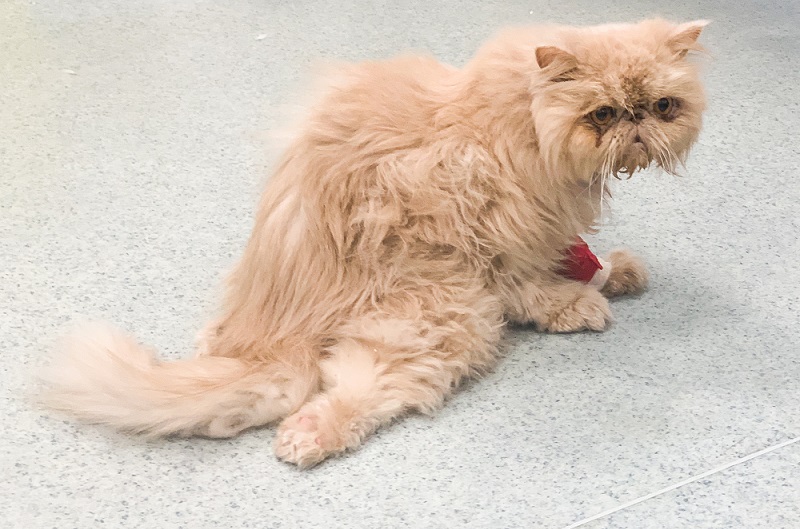
Aortic Thromboembolism Anything New

Symptoms Of Saddle Thrombus In Cats Firstvet

Illness Archives Birnam Veterinary Clinic
/doctor-veterinarian-at-clinic--879798260-5c6d7fee46e0fb00011fa0b0.jpg)
How To Treat Hypertrophic Cardiomyopathy In Cats
Managing A Patient With Arterial Thromboembolism Veterinary Practice

Top 10 Cat Emergencies Palos Animal Hospital

Cat Can T Use Its Back Legs It S A Medical Emergency Funny Cat Gifts Cats Animal Lover
/stethoscope-813823560-6ffd152f92f14f4b979456c98d2bd6a1.jpg)
How To Treat Saddle Thrombus In Cats

Feline Arterial Thromboembolism Today S Veterinary Practice
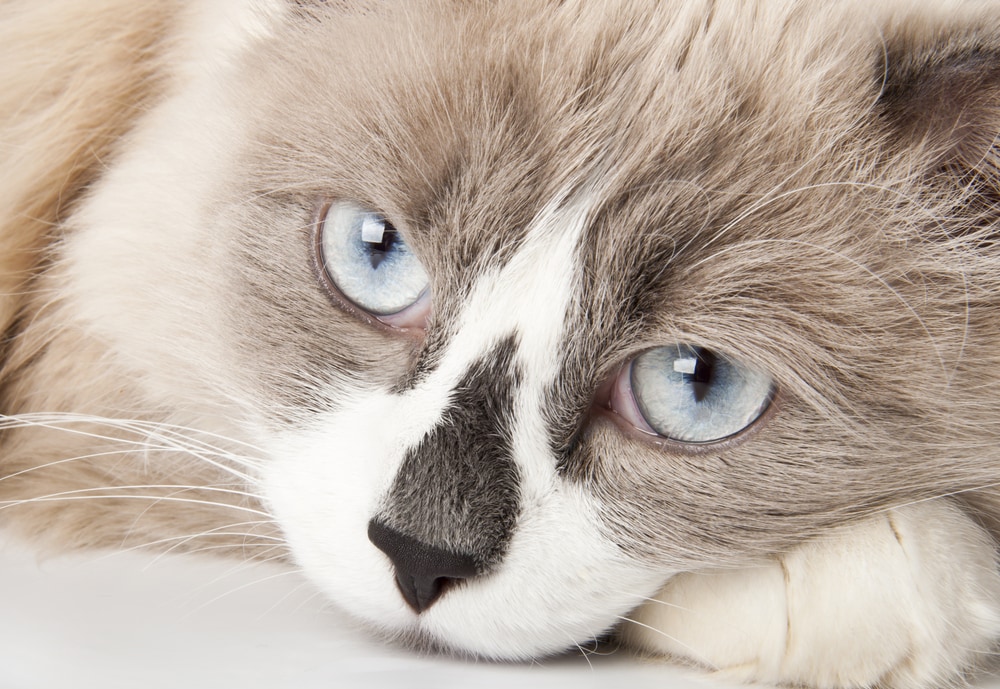
Heart Aortic Blood Clot In Cats Petmd

Pin On Our Blog And Newsletters

My Cat Has Suddenly Gone Lame In Her Hindquarters And Seems To Be In A Lot Of Pain Florida Veterinary Hospital
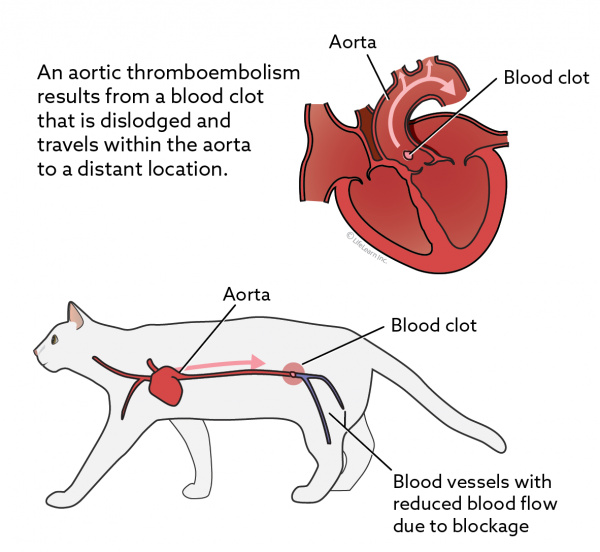
Aortic Thromboembolism In Cats Vca Animal Hospitals

Ok Had Enough Video In 2021 Cute Baby Animals Kitten Images Cat Breeds
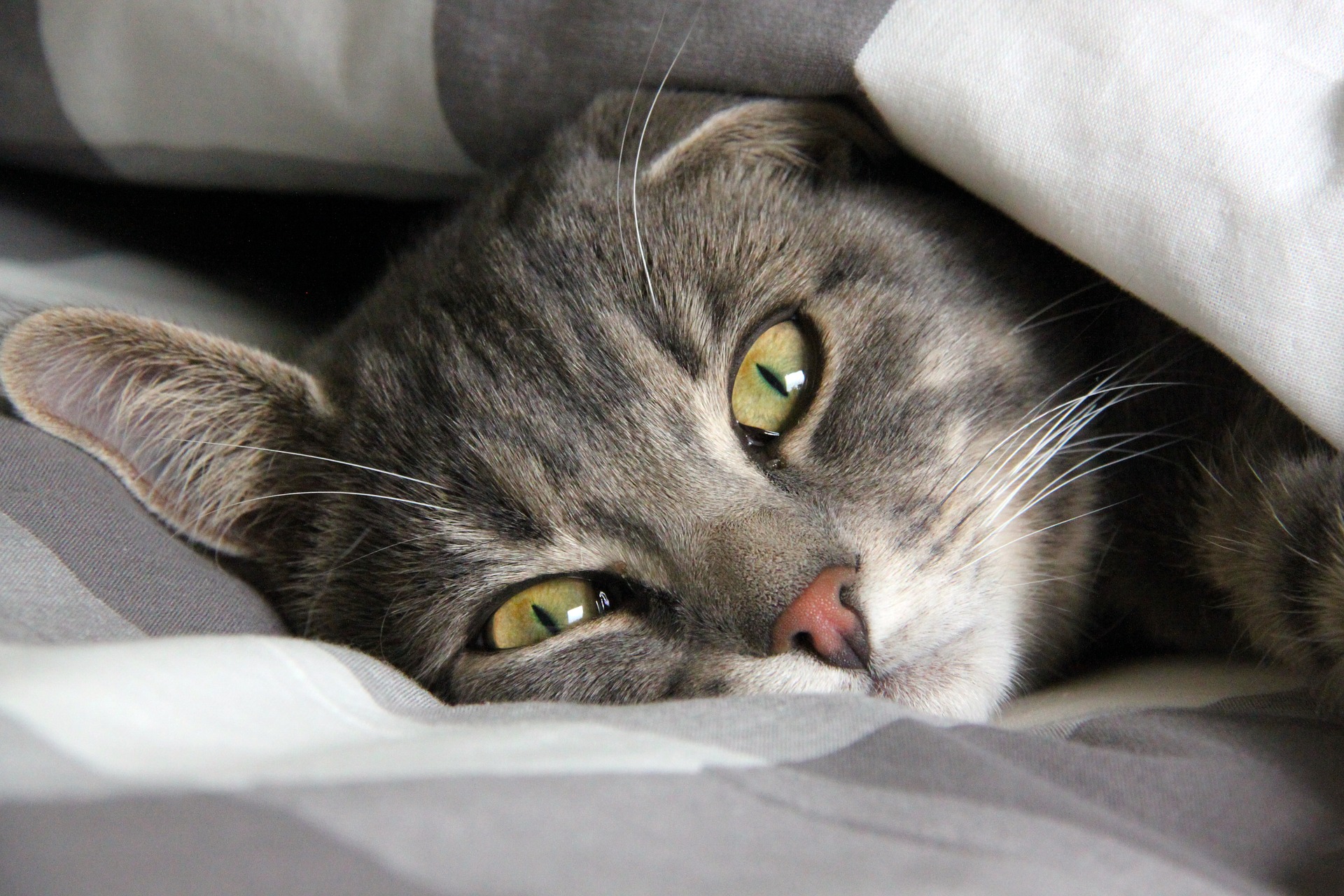
Why Do Cats Get Blood Clots And What Are The Symptoms Vet Help Direct

